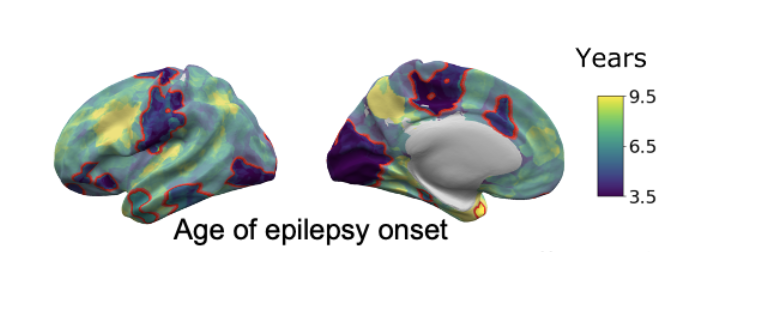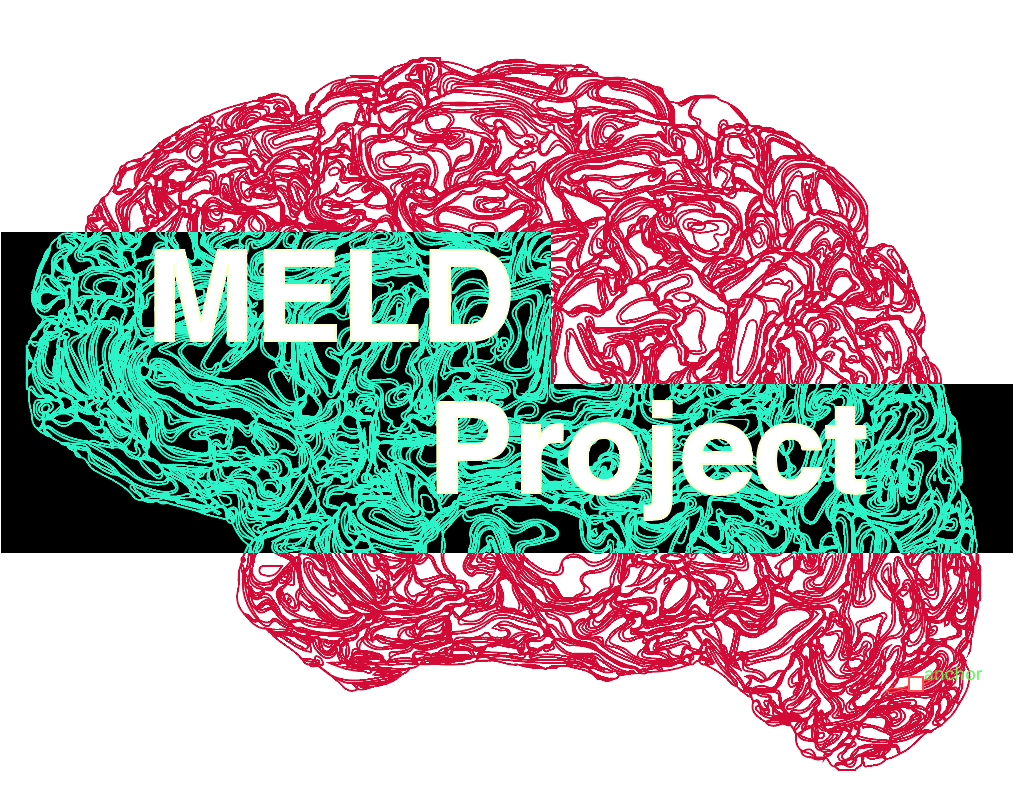Atlas of lesion locations and post-surgical seizure freedom in FCD
Focal cortical dysplasia is an important cause of drug-resistant focal epilepsy. These lesions had been known to occur anywhere in the cerebral cortex but the exact distribution of these lesions and the impact of where a lesion is on clinical presentation and post-surgical seizure freedom was largely unknown.
Through the MELD project, 20 epilepsy surgery centres worldwide contributed individual masks of FCD lesions as well as clinical information to create a cohort of 580 patients with FCD.
In work published in Epilepsia in 2021, we show that although FCDs can occur anywhere in the cortex, there are certain “hot-spots” where FCDs are more common. These include the superior frontal sulcus, superior temporal sulcus, frontal and temporal poles.

This non-uniform distribution of FCDs is IMPORTANT!
This is a pathology beginning in childhood - with 75% of patients starting to have seizures before age 12. However, where the FCD lesion is located is associated with the age at which the patient develops epilepsy. Patients with lesions in primary sensory cortices have earlier age of epilepsy onset than those in higher order association cortex.

Lesion size is associated with lesion location. Overall, lesions in occipital cortex are larger than lesions more anterior in the cortex, e.g. frontal cortex.

Overall, 65% of patients in the study were seizure free. However, only 30-40% of patients with lesions overlapping eloquent cortex (Visual, motor, and premotor areas) were seizure free.

So, FCDs are non-uniformly distributed across the cortex and the location of a patients lesion is important as it is associated with the age at which the patient will develop epilepsy, the size of the lesion and how likely the patient is to be seizure free following epilepsy surgery.
There are many more cool analyses and results in the paper - so do check it out!
